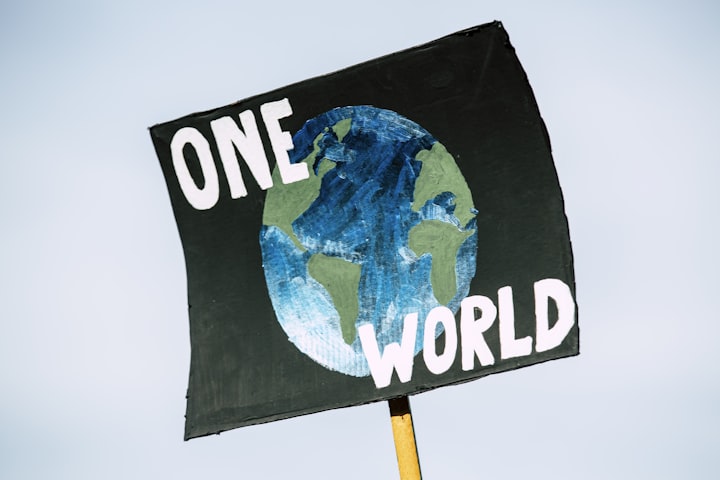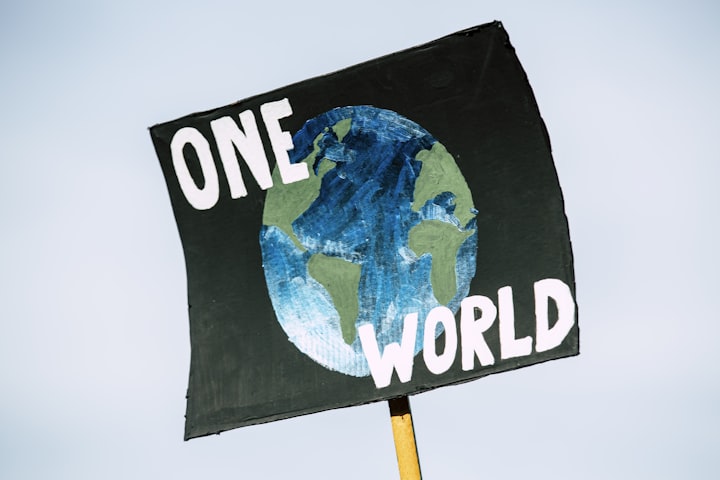Empathy and compassion
Seeds of Compassion

In the heart of the Nepalese countryside lies the village of Suryagadh, a place where time seems to move slower, and the rhythm of life is dictated by the cycles of nature. It's a community where the bonds of kinship run deep, and where empathy and compassion are woven into the fabric of everyday life.
Leila was born and raised in Suryagadh, her childhood memories colored by the vibrant hues of the surrounding hills and the laughter of her friends echoing through the narrow lanes of the village. But as she grew older, she began to notice subtle shifts in the landscape around her—changes that hinted at a world in flux.
It was the year of the Great Drought when Leila's world was turned upside down. The rains that once nourished the land became sparse and unpredictable, leaving parched earth in their wake and threatening the livelihoods of the villagers who depended on the land for their survival.
Leila's family was among the hardest hit. Their crops withered under the relentless sun, and their livestock grew thin and weak from lack of water and fodder. As the days stretched into weeks and the weeks into months, despair began to settle over the village like a heavy blanket, suffocating hope and sowing discord among neighbors who had once stood united.
But amidst the despair, there was a glimmer of light—a beacon of hope that shone bright even in the darkest of times. It came in the form of empathy and compassion, two virtues that burned fiercely in the hearts of the villagers and refused to be extinguished.
Leila witnessed acts of kindness and generosity that took her breath away. Families shared their meager rations with those who had none, breaking bread together in a show of solidarity that transcended words. Children volunteered to help their elders tend to the crops, their small hands working tirelessly to coax life from the barren earth.
And then there was Pema, the village elder whose wisdom was as vast as the mountains that cradled Suryagadh. With a twinkle in his eye and a smile that warmed even the coldest of hearts, Pema rallied the villagers together, urging them to put aside their differences and work towards a common goal.
Under Pema's guidance, the villagers came together in a display of collective action that was nothing short of miraculous. They dug irrigation channels to channel what little water they had to the fields, working side by side until their hands were blistered and their backs ached with exhaustion. They planted drought-resistant crops and tended to them with care, refusing to give in to despair even as the sun beat down relentlessly from above.
As the seasons changed and the rains returned, bringing with them a renewed sense of hope and vitality, Leila looked out over the fields that stretched out before her and felt a swell of pride in her chest. The village of Suryagadh had weathered the storm, emerging stronger and more resilient than ever before.
But more than that, they had shown the world the true power of empathy and compassion—the power to heal wounds, bridge divides, and create a better future for all. And as long as those virtues burned bright in the hearts of the villagers, Leila knew that there was nothing they couldn't overcome, together.
Individual responsibility in the face of climate change is a crucial aspect of addressing this global crisis. Each person's actions, no matter how small they may seem, have an impact on the planet's health and the well-being of future generations. Here's a breakdown of individual responsibilities:
Reducing Carbon Footprint: One of the most significant contributions individuals can make is to reduce their carbon footprint. This includes minimizing energy consumption by using energy-efficient appliances, reducing reliance on fossil fuels by using public transportation, carpooling, biking, or walking, and opting for renewable energy sources whenever possible.
Conserving Resources: Conserving resources such as water and electricity is vital in mitigating climate change. Simple actions like taking shorter showers, fixing leaky faucets, turning off lights when not in use, and reducing, reusing, and recycling materials can make a significant difference in reducing environmental impact.
Making Sustainable Choices: Individuals can make environmentally conscious choices in their everyday lives by supporting sustainable and eco-friendly products and practices. This can include choosing products with minimal packaging, buying locally produced goods to reduce transportation emissions, and opting for organic or fair-trade products that promote ethical and sustainable production methods.
Advocating for Change: Individuals can use their voices to advocate for climate action at local, national, and global levels. This can involve engaging in activism, participating in climate marches or protests, writing to elected officials, and supporting policies and initiatives that prioritize environmental conservation and sustainability.
Educating and Raising Awareness: Educating oneself and others about the causes and impacts of climate change is essential in fostering a collective understanding of the issue and motivating action. Individuals can share information with friends, family, and communities, participate in educational events or workshops, and support initiatives that promote environmental literacy and awareness.
Adapting to Climate Change: In addition to mitigating climate change, individuals must also adapt to its inevitable impacts. This may involve implementing measures to protect against extreme weather events, such as building resilient infrastructure and communities, developing sustainable agriculture practices, and supporting initiatives that promote climate resilience and adaptation.
Leading by Example: Perhaps most importantly, individuals can lead by example by integrating sustainable practices into their lifestyles and inspiring others to do the same. By demonstrating the feasibility and benefits of living more sustainably, individuals can inspire positive change and foster a culture of environmental stewardship within their communities and beyond.
In summary, individual responsibility to climate change is multifaceted and encompasses a range of actions, from reducing carbon emissions and conserving resources to advocating for policy change and leading by example. By taking proactive steps to minimize their environmental impact and promote sustainability, individuals can play a critical role in addressing the urgent challenges posed by climate change.





Comments
There are no comments for this story
Be the first to respond and start the conversation.